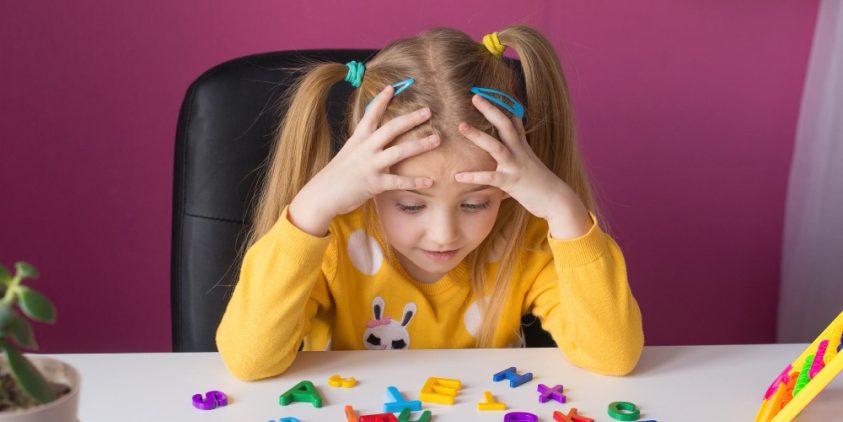Understanding Childhood Dementia: The Hidden Struggle
This article was written in collaboration with Christine T. and ChatGPT, our little helper developed by OpenAI.

Childhood dementia, while not as prevalent as its adult counterpart, is a poignant reminder of dementia’s indiscriminate reach. This devastating condition doesn’t reserve its influence solely for the aged population. Even children can find themselves entangled in its ruthless grasp. As healthcare providers, nurses grapple with the unique challenges of this uncommon but formidable ailment, tackling the responsibility of providing comprehensive care.
Understanding Childhood Dementia
When dementia is mentioned, the mind typically strays towards conditions like Alzheimer’s, commonly associated with advancing age. However, when it extends its tentacles to childhood, it manifests as a complex constellation of symptoms, typically due to an array of rare genetic disorders. While the consequences echo adult dementia, the cause, progression, and management carve out a different trajectory for childhood dementia, accentuating its distinct nature.
Causes of Childhood Dementia
Childhood dementia isn’t just a random occurrence. It is borne out of a series of intricate genetic malfunctions. Genetic disorders like Niemann-Pick type C, Batten disease, and Lafora body disease are prominent culprits. As the tentacles of science extend into the unexplored depths of these diseases, we are beginning to understand that the genetic footprint often makes childhood dementia an unfortunate family legacy.
Symptoms and Progression
Childhood dementia is a chameleon, its symptoms varying in nature and intensity. Early signs may be as subtle as difficulties in school, vision impairments, or personality changes. As the disease progresses, the child may start losing acquired skills, experience frequent seizures, or find simple tasks increasingly challenging. Each progression phase unravels new challenges, making agile and adaptable care strategies vital.
Diagnosis and Treatment
The journey toward diagnosing childhood dementia can be grueling. Its symptoms often masquerade as those of other common pediatric conditions, making genetic testing essential for an accurate diagnosis. Currently, treatment is largely palliative, aimed at managing symptoms and enhancing the child’s quality of life since an absolute cure is yet to be found.
Nursing Care for Childhood Dementia
Nurses shoulder the crucial responsibility of offering comprehensive care to children battling dementia. Their roles extend beyond administering medication and tracking physical health. They also address emotional needs, providing the child and their family with psychological support and comfort during this arduous journey. Their organizational skills ensure effective case management and fruitful collaboration within the care team.
The Emotional Toll on Families and Support Mechanisms
Families of children with dementia are thrust into a whirlwind of emotions. The disease’s relentless progression places immense emotional strain on the family unit. Nurses, with their empathetic approach, can offer emotional support, connect families with valuable resources, and facilitate support groups, promoting mental well-being and physical health.
Research, Hope, and Future Directions
Though the path seems steep, ongoing research ignites hope. Novel treatments are being explored, and our understanding of the disease is progressively evolving. The tenacious spirit of researchers and healthcare professionals injects a much-needed dose of optimism into an otherwise overwhelming scenario.
Conclusion
Nursing care for childhood dementia demands compassion, resilience, and a willingness to adapt. As nurses, our commitment to patient care is unwavering, and we continuously strive to keep abreast with the latest knowledge and innovations. Even as we navigate the labyrinth of childhood dementia, our dedication to the children in our care remains steadfast.
